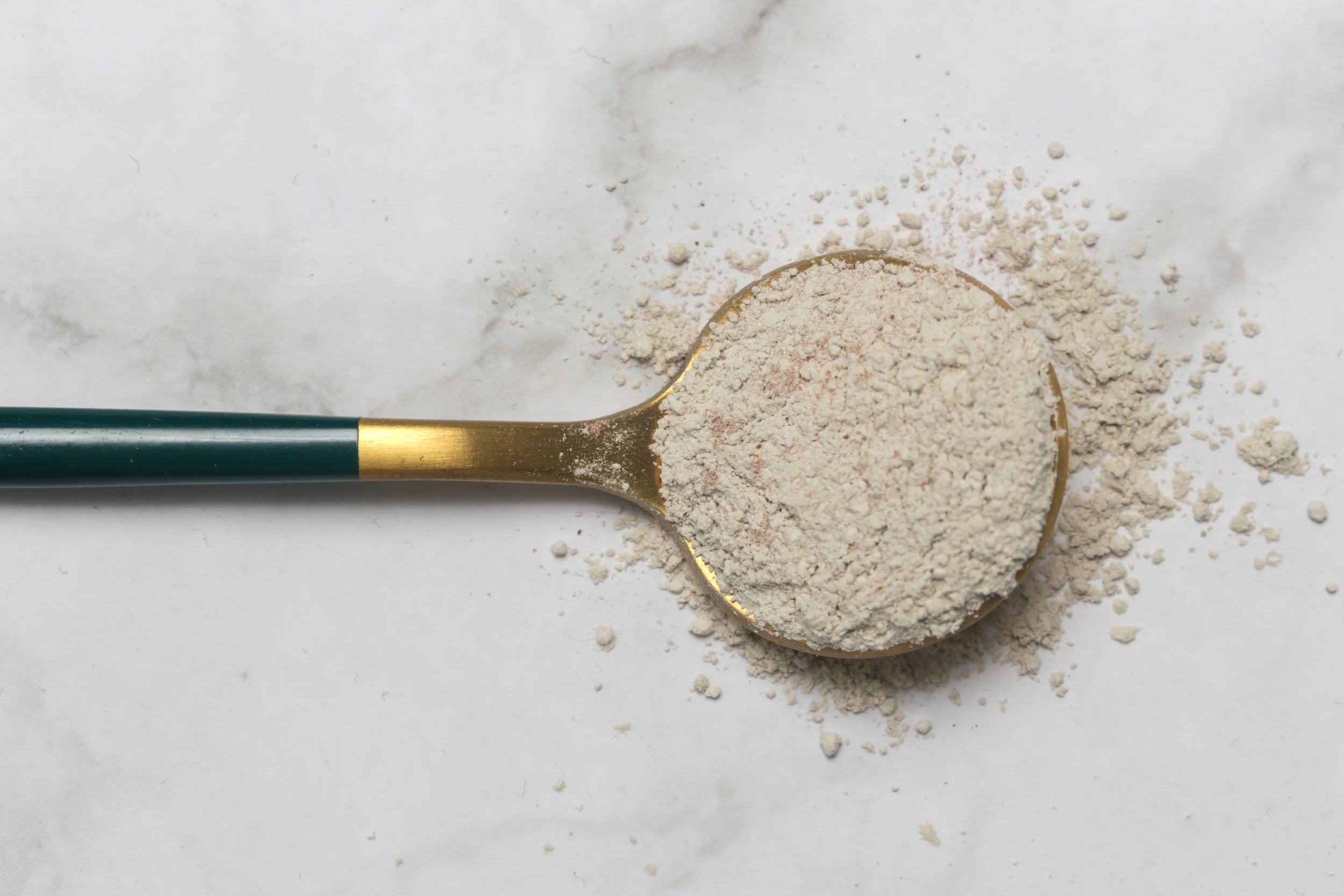The Nutritionist’s Guide To Protein Powder
As a mom, wife, and entrepreneur, admittedly I look to shortcuts in my diet. It’s why I love protein powder. Like adding a quick scoop to my morning smoothie to help reduce cortisol, or in my post-workout recovery shake to support muscle repair and synthesis. I even use it in my overnight oats to stabilize glucose and offset the carb load so I can avoid the otherwise inevitable blood sugar crash.
Clearly I’m not alone in my adoration for protein powder. Protein powder is one of the most popular dietary supplements in the U.S., generating $9 billion in 2023. But despite the growing health-conscious market, a recent study revealed that many protein powders contain elevated levels of heavy metals like lead, arsenic, cadmium, and mercury not reflected on traditional nutrition labels. This report, which tested 160 protein powders from 70 of the top-selling brands —representing 83% of the market—highlights concerns that challenge the current understanding of product purity.
Of the products tested, 47% exceeded California Proposition 65 safety thresholds for toxic metals.
Interestingly, ‘Certified-Organic’ products were found to have, on average, three times the lead and twice the amount of cadmium compared to non-organic products.
How do heavy metals affect us?
Mercury, lead, chromium, cadmium, and arsenic have been the most common heavy metals that induced human poisonings. Acute or chronic poisonings may occur following exposure through water, air, and food. Bioaccumulation of these heavy metals leads to a diversity of toxic effects on a variety of body tissues and organs. Gastrointestinal and kidney dysfunction, nervous system disorders, skin lesions, vascular damage, immune system dysfunction, birth defects, and cancer are examples of the complications of heavy metals toxic effects. [source]
Where are these contaminants coming from?
Heavy metals, such as arsenic, lead, mercury, and cadmium, are naturally occurring elements found in the Earth’s crust. They enter the environment through natural processes like volcanic eruptions, weathering of rocks, and soil erosion. Over time, they accumulate in air, water, and soil, where they can make their way into plants, animals, and eventually into human food sources. Though naturally occurring, the concentration of these metals can increase due to human activities such as mining, industrial processes, and agricultural practices, leading to higher exposure risks in food products. Given the absence of federal regulations that require proactive testing to minimize the introduction into finished products, they can be unintentionally introduced into all foods and consumer products.
Aren’t these contaminants regulated?
Surprisingly, there are no comprehensive federal regulations specifically targeting dietary exposure to heavy metals in food.
Even ‘certified organic’ is a means of production; it is not a guarantee that the food is clean. Some of the most heavily contaminated green tea ever tested was grown organically - the farmers didn't know it, but their water was contaminated. In December 2005, the 2006 agricultural appropriations bill was passed with a rider allowing 38 synthetic ingredients to be used in organic foods. In 2007 this allowed Anheuser-Busch to label its Wild Hop Lager “Certified Organic” even though it uses hops grown with chemical fertilizers and sprayed with pesticides.
Companies can and should hold their ingredient suppliers accountable to minimize pesticide and soil contamination during the growth cycle of their ingredients. Rather than solely relying on the Certificate of Analysis (a stamp of approval from the supplier of each raw ingredient that their ingredient passes the test of GRAS - ‘generally recognized as safe’), manufacturers should double-check for contaminants in each batch of raw ingredients. Sadly, most don’t do this because it’s not enforced, and it’s a timely and costly measure. The good news? Some manufacturers do. For example, Shaklee Corporation, a pioneer of the industry, coins their approach “beyond organic”, because they test beyond the U.S. Pharmacopeia and certified-organic standards to confirm the absence of contaminants at detectible levels. Their protein powers undergo the most rigorous purity testing performed in the industry.
With the lack of comprehensive federal regulations specifically addressing heavy metals in dietary supplements, it is critical that we as consumers take proactive measures.
Similar to my guidelines in a previous article, The Nutritionist’s Guide To Supplements, I want to give you the tools to understand product analysis through the lens of a nutritionist so you can advocate for your health and make informed decisions. Remember, protein powders are considered ‘supplements’ in our governing agencies, so the same rules apply.
Here are what to look for when shopping for a protein powder:
Beyond Organic Standards – Batch tested and screened for contaminants, including heavy metals, pesticides, and other toxins.
Purity and Potency Testing – Every ingredient is tested before, during, and after production to ensure it meets strict safety and quality standards, confirming the final product is free of impurities and contaminants, and confirming the concentration of active ingredients.
Uses Clean Ingredients – Non-GMO, gluten-free, no artificial flavors, no artificial sweeteners (Sucralose, aspartame, etc.), or preservatives.
Proven by Science – published scientific studies backing the actual product (not the ‘idea’ of the product), ensuring they are safe and effective.
I can’t go without saying that protein powders aren’t the only way to get protein. My golden rule is to stick to foods closest to nature. Whole foods like raw nuts and seeds, legumes (beans, lentils), dairy products, fish, eggs, poultry and locally raised meats are all excellent sources of protein.











